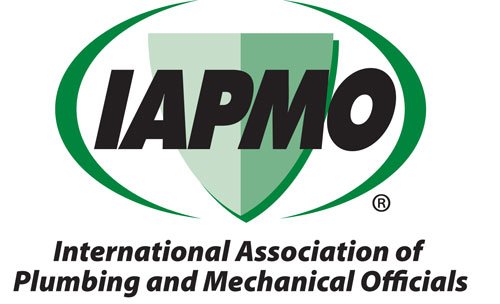 Monday, September 30, 2024
Monday, September 30, 2024  Monday, September 30, 2024
Monday, September 30, 2024 
Lead exposure from drinking water systems is a major challenge facing countries around the world, but it is solvable. The World Health Organization (WHO) recently issued global guidance addressing this critical situation that focuses on specific steps countries can take to reduce the threats lead presents to public health in their systems and to prevent the future use of lead-containing parts from water systems.
The guidance emerged from a nearly two-year effort by a working group that included the University of North Carolina, World Vision International, UNICEF, and the WHO. The International Association of Plumbing and Mechanical Officials (IAPMO®) served as a Technical Advisory Group member, contributing technical assistance to support the assessment and management of lead contamination in drinking water supplies.
“We know the potential dangers that arise by having lead and other contaminants in drinking water. However, we also know it is solvable in communities around the world,” said WHO Water, Sanitation, Hygiene and Health Technical Officer Jennifer De France. “This technical brief takes an important step to show communities around the world what needs to be done to remediate lead in their drinking water and how to do it.”
Lead poisoning kills 900,000 people globally every year and the WHO estimates that 30% of the global burden of developmental intellectual disability of unknown origin is because of lead. Water systems are just one source of overall lead exposure. Children and pregnant women are most vulnerable to unsatisfactory health outcomes from even low levels of lead exposure. Among the risks cited by the U.S. Environmental Protection Agency (EPA) are damage to the central and peripheral nervous system, learning disabilities, shorter stature, impaired hearing, and impaired formation and function of blood cells.
“The technical brief is an important step forward,” said Dr. Aaron Salzberg, director of the Water Institute at the University of North Carolina at Chapel Hill. “It represents years of work by the WHO with technical experts, governments, stakeholders, and many other partners to bring together the best guidance on how we can provide lead-free drinking water services. The guide shows how this can be done. It’s not rocket science. The next step is to get donors, governments and community leaders to step up and commit to taking action to prevent and remediate lead and other toxic metal exposures in their communities — especially in drinking water.”
Given these high stakes, eliminating lead in all ways possible is urgent, as the WHO spells out in the guidelines titled “Lead in drinking-water: Health risks, monitoring and corrective actions.” The WHO provides six steps that should be taken if elevated lead levels are found in drinking water and recommends measures that stakeholders — regulatory agencies, water suppliers, operators and installers of hand pump supplies, plumbers, and property owners and consumers — can take to reduce exposure to lead from drinking water. Notably, the guidance includes sections on the importance of certified plumbing products and the need for more trained plumbers.
“We are proud to have contributed our plumbing science expertise to this important advancement from the WHO,” said Dain Hansen, IAPMO’s executive vice president of Government Relations. “Keeping people safe globally is a core mission for IAPMO and working alongside global water experts to produce this technical guide means the message is being widely delivered.” Hansen added that IAPMO published a guide to removing lead to help U.S. homeowners, facilities managers and policymakers take corrective action where needed.
IAPMO R&T was one of the first third-party certification bodies in North America to offer listings to the various low-lead standards and laws, first doing so in 2008, and certifies point-of-use and point-of-entry water filtration products for the reduction of lead in drinking water. IAPMO was also an active participant in the rulemaking process for the EPA’s regulation on the “Use of Lead Free Pipes, Fittings, Fixtures, Solder and Flux for Drinking Water,” and submitted numerous comments for consideration.